Yoga and Masculinity: Becoming a Better Man
It’s intriguing to ponder the fact that an ancient practice of yoga not only lives on in contemporary times but offers a haven of peace and clarity to so many humans. The estimates vary, but most scholars make the declaration that yoga is a 4,000 - 5,000-year-old practice.
The amount of time that has passed in human history and the countless number of humans that have connected and been impacted by this practice is truly astounding. The question arises naturally for me – why does this practice still exist?
The answer is quite simple because it works. Despite the misunderstandings that people have today about yoga being only an asana or physical posture-oriented practice, people every day are experiencing a deeper, more clear and expansive expression of themselves.
In this article, I would like to share my experience with yoga as a man and a human and the implications it has had in my life. I have practiced some aspect of the yoga traditions since birth because I grew up in a Punjabi household that practiced Sikhism, various aspects of Hindu spirituality and Indigenous traditions.
Even though my family didn’t associate or think of the way they lived and ate as yogic or ayurvedic, indeed the system in which they live is based in those two respective traditions. This is important for me to mention and correlate with the age of the yogic traditions because here you can see a practice and tradition become so widespread that its essence remained in every people in the Indian subcontinent – even if the jargon did not. As a man, every time I connect to yoga, I am given the opportunity to consciously explore my masculine and feminine energy. This is deeply therapeutic because it allows me to understand all aspects of myself, not only within the frameworks of yoga but outside of it.
“As a man, every time I connect to yoga, I am given the opportunity to consciously explore my masculine and feminine energy”
The men in my family all have a divine masculine presence and I would state that is because of the deeply spiritual nature of the Punjabi Indian culture that they have been brought up in or influenced by. Furthermore, this Punjabi Indian culture is based on the importance of exploring the spirit and the heart instead of just placing value in the material aspects of life. This philosophy I have seen allows for a strong opposition to patriarchy and the unhealthy development of imbalanced traits in a man.
In most societies you will see that men become providers before they develop the ability to express their emotions and feelings openly and freely. It doesn’t come easy, but an example I can share is of my grandfather and father who have certainly worked on themselves to improve their emotional understanding and expression despite their natural connection to their emotions and spirit. The practice of yoga for them comes out in the form of the spiritual practices that offer the surrender of their body to God and a higher reality.
My definition of yoga is the cultivation of one’s life energies with the practice of breath, posture and gaze. Practicing yoga today for me looks like a mixture of breathing, physical postures and spending endless time and space sitting or standing in meditative contemplation. This practice allows me to navigate a depth of my heart and spirit on a regular basis. When a human feels an emotion deeply, they are led into a transcendental spiritual state, and this is exactly what I experience daily.
I have shared my experience here to showcase how as a man I experience not only a more balanced aspect of my masculinity through practicing yoga but also how I have observed this in other male members of my family. This practice will allow you to cultivate emotional intuition and heighten it to a spiritual elevation and states in a safe and prolonged way. Just open your heart and spirit to the potential.

